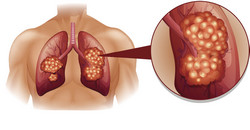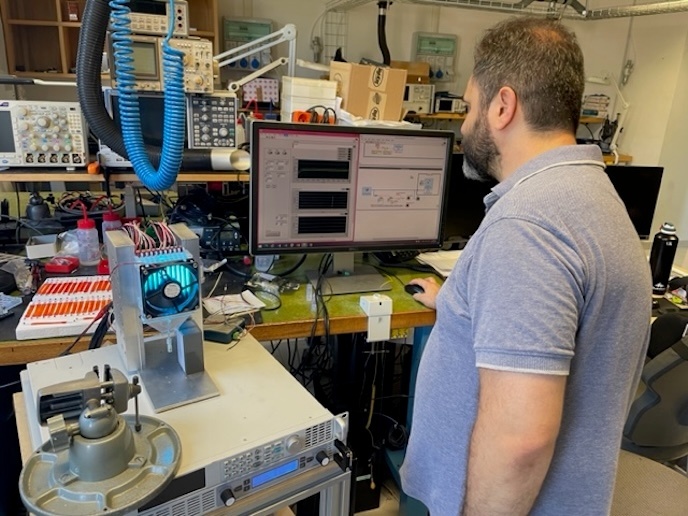Tissue engineering to combat cancer
Airway stenosis is one of the symptoms of lung cancer, which not only affects patients' quality of life but also leads to premature death. To tackle this problem, clinicians utilise endobronchial stents to hold a patient's airway open and restore breathing. However, massive mucus retention or reocclusion due to tumour ingrowths are the major drawbacks associated with stenting. To address this issue, the EU-funded PULMOSTENT (Development & evaluation of a viable stent device for the treatment of bronchotracheal cancer) project worked on developing a novel multilayer stenting device that relies on the principles of tissue engineering. Two models were developed to optimise research deliverables. A computational finite element model aided the design process and moved progress towards a prototype with the required mechanical performance. By optimising the individual components, researchers aimed to predict the design with the best performance. A finite element model of the airway simulates the stresses and strains in the bronchial tissue as well as the final geometry of the stent under test. Testing showed that polyurethane fleece coating that should allow nutrient transport through the fleece and at the same time avoid cancer re-ingrowth was appropriate. Considerable effort was also dedicated to the ideal formula of the drug release system to ensure prolonged release. For drug release, poly(lactic-co-glycolic acid) microspheres with a diameter of 50-100 µm offered the most suitable controlled release system. The final stents selected are wire-based and manufactured using a hand braiding process as well as finite element-guided design. Both are made of nitinol. An applicator was also developed to deliver each type. Bound for a patent is a device to seed the epithelial cells in situ on the lumen of the stent after placement. This avoids problems such as stent crimping that would affect cell proliferation. Application of the seeding device for the respiratory epithelium can be extended to other applications in cell therapy. Assembly of the parts has been completed and the stent is being tested in an animal model. Initial results are promising and use of the stent would significantly improve the prognosis for lung cancer patients.







